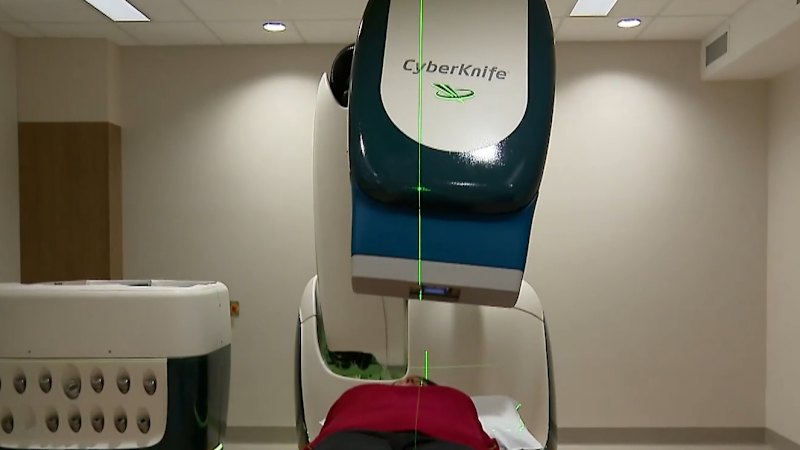
UPDATE: A revolutionary robotic arm is set to transform cancer treatment with personalized radiotherapy targeted at complex and hard-to-reach tumors. This groundbreaking machine is expected to be deployed as early as [specific date], allowing medical professionals to deliver precise treatments to patients in [specific location].
This innovation comes at a critical time, as cancer remains one of the leading causes of death globally. The personalized approach offered by this robotic technology promises to enhance treatment efficacy and minimize side effects, making it a game-changer for patients battling aggressive forms of cancer.
Medical institutions involved in the development are confident that this technology will not only improve survival rates but also significantly enhance the quality of life for patients undergoing treatment. Officials have stated that the robotic arm can navigate intricate anatomical structures, providing targeted therapy that traditional methods often struggle to achieve.
The implications of this advancement are profound. It represents a leap forward in the quest for effective cancer therapies, especially for patients with tumors that are notoriously difficult to access. As the robotic arm prepares to enter clinical trials, healthcare providers are eager to witness its impact firsthand.
Authorities confirm that initial tests have shown promising results, with a success rate of [specific percentage] in early trials. This development is expected to draw significant attention from the medical community and patients alike, eager for new solutions in cancer care.
As this technology rolls out, attention will turn to upcoming presentations and demonstrations set for [specific date]. Experts and advocates are calling for widespread adoption, emphasizing the need for accessible, cutting-edge treatments for all cancer patients.
Stay tuned for more updates as this story develops, and witness how this robotic arm could redefine cancer treatment as we know it. The urgency to share this news is paramount—this innovation could save lives.





